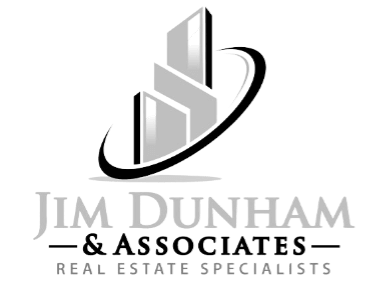In the dynamic landscape of commercial real estate investment, the interplay between risks and rewards is ever-present, particularly during periods of interest rate hikes. As interest rates fluctuate, investors often find themselves at a crossroads, assessing the potential impact on their investments. Understanding how to navigate these shifts and strike a balance between risks and rewards is crucial for successful investment strategies in commercial real estate.

Interest Rate Hikes and Their Impact on Commercial Real Estate: Interest rate hikes initiated by central banks can have a profound effect on commercial real estate investments. Typically, rising interest rates translate to higher borrowing costs, impacting both property acquisition and operational expenses. Moreover, as the cost of financing increases, it may dampen property values, affecting capitalization rates and overall property yields.
Balancing Risks:
Thorough Risk Assessment: Prior to making any investment decisions, conduct comprehensive risk assessments. Understand the specific risks associated with different commercial property types, locations, and tenant profiles. Diversifying across property types and geographic regions can help mitigate risks.
Financial Flexibility: Maintain a prudent financial strategy. Having cash reserves or access to alternative financing options can safeguard against sudden interest rate spikes or market fluctuations. Locking in long-term fixed-rate mortgages or exploring creative financing structures can also provide stability amid rising interest rates.
Tenant Quality and Lease Structure: Emphasize securing high-quality tenants with long-term leases. Strong tenant covenants and lease structures with built-in rent escalation clauses can buffer against economic downturns or rising interest rates, ensuring a steady income stream.
Due Diligence and Market Research: Thorough due diligence and continuous market research are imperative. Stay informed about market trends, rental demand, and macroeconomic indicators. Understanding the local market dynamics can assist in making informed investment decisions.
Stress Testing and Scenario Planning: Conduct stress tests and scenario planning to assess the impact of rising interest rates on cash flow and property valuations. Prepare contingency plans to navigate potential challenges and adjust investment strategies accordingly.
Maximizing Rewards:
Identifying Opportunity in Market Shifts: While interest rate hikes pose challenges, they can also present opportunities. Anticipate shifts in market dynamics and identify undervalued properties or sectors that may benefit from changing market conditions.
Value-Add Strategies: Implement value-add strategies to enhance property performance. Renovations, repositioning, or improving operational efficiency can increase property value and attractiveness to tenants, potentially offsetting the impact of rising interest rates.
Long-Term Investment Outlook: Maintain a long-term investment horizon. Real estate is often regarded as a resilient asset class that can withstand short-term fluctuations. Focus on the long-term potential for income generation and appreciation.
Investing in commercial real estate during interest rate hikes demands a balanced approach that acknowledges risks while leveraging opportunities. By conducting thorough risk assessments, maintaining financial flexibility, securing quality tenants, and staying vigilant with market research, investors can mitigate risks. Simultaneously, identifying opportunities, implementing value-add strategies, and maintaining a long-term perspective can maximize rewards. Adapting to changing market conditions and employing a well-informed, strategic approach are key to successfully navigating the challenges posed by interest rate hikes in commercial real estate investments.



Comments (0)